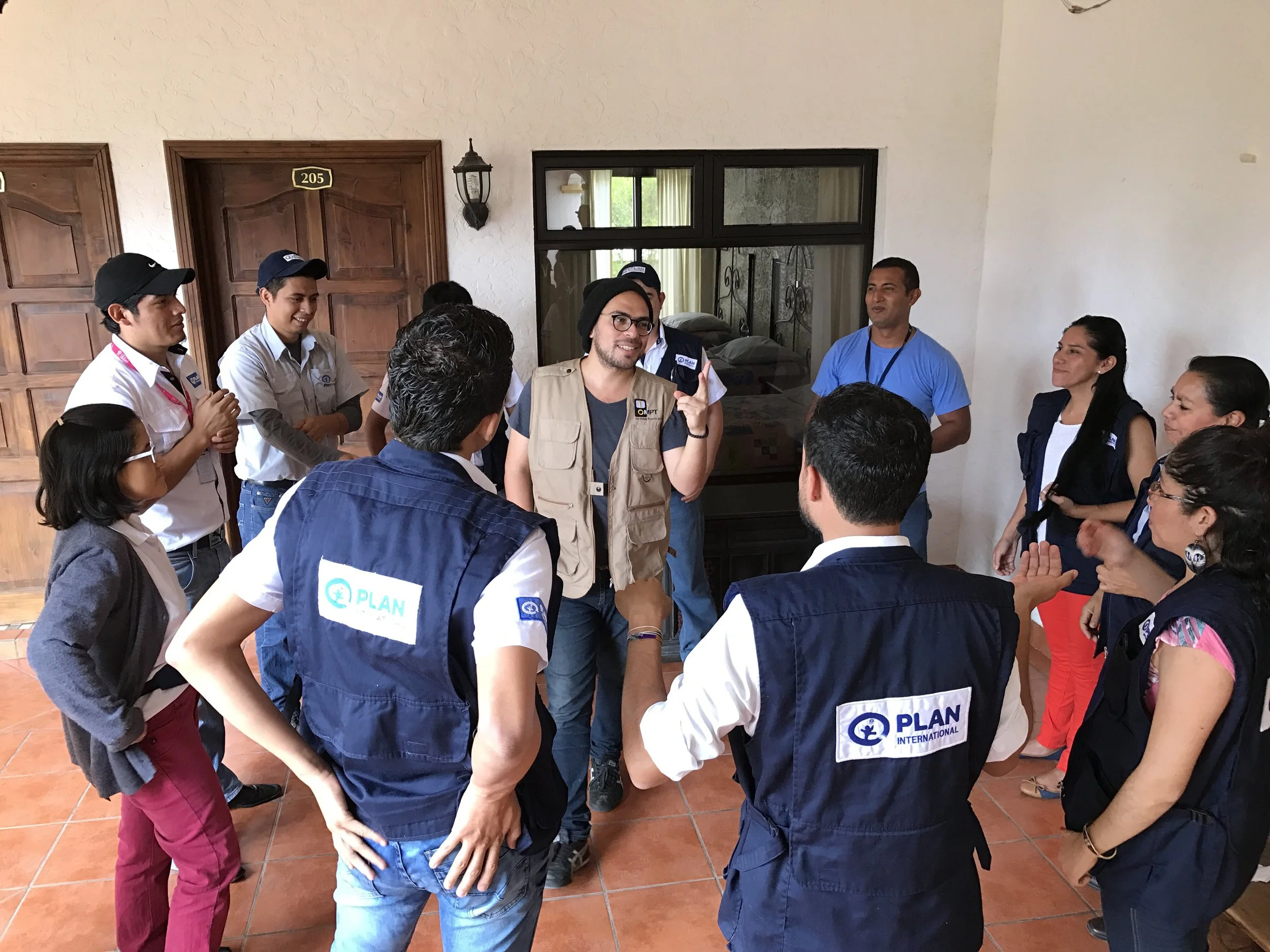How video can accelerate positive change in global health
illuminAid’s visit to Plan International Paraguay in 2021 resulted in the creation of community-led video sharing best practices for stopping the spread of COVID-19.
There is widespread excitement surrounding the use of mobile devices to enhance the capabilities of peripheral health workers. Various projects have been initiated to provide healthcare workers with mobile devices, enabling them to perform a range of tasks. These include data collection on patients, sending reminders, submitting reports, following medical protocols, using medical devices for readings, educating patients and participating in remote consultations. While many of these projects are still in the pilot stage, some are beginning to be deployed on a larger scale. For instance, the Indian state of Punjab has already provided mobile phones to 5,000 auxiliary nurse midwives, and there are plans to extend this deployment to all 43,000 health extension workers in Ethiopia. This advancement is expected to revolutionize healthcare delivery and accessibility for both health workers and patients. The question has been raised: Does the extensive implementation of mobile devices have the potential to improve the performance of health workers and the healthcare system?
A 2012 study "Mobile video for patient education: The midwives' perspective" looks to answer this question. The paper’s primary focus is on assessing the acceptability of mobile devices by examining how they integrate into the workflow of nurse midwives during postnatal care (PNC) visits. In total, three videos were created on maternal nutrition, breastfeeding and thermal care. Researchers adopted a multi-method approach, which involved three main components: ethnographic observations of nurse midwives (NMs) using mobile video during postnatal care (PNC) visits, conducting semi-structured interviews with NMs to gather insights into the video’s impact on their work and analyzing data logs from the mobile phones.
Based on the data sources collected, there was widespread acceptance of the mobile video among nurse midwives (NMs), and their overall response to its usage was predominantly positive. Analysis of video use statistics revealed that during the designated postnatal care visit (PNC1), the midwives played the video approximately 71% of the time, and during PNC2, the usage was about 27.2%. Notably, the videos were played in their entirety almost three-quarters of the time. Furthermore, the videos were used in both clinic and home visit settings, indicating consistent and continuous utilization throughout the study period, even when no observer was present. This data strongly suggests that the mobile video was seamlessly integrated into the NMs’ workflow and became a regular part of their practice.
Also, it was found that locally created video content plays a crucial role in fostering patient trust in video information. Specifically, certain factors such as the age, language and appearance of the woman featured in the video were significant in establishing credibility among mothers, especially those who may be hesitant to listen to younger individuals who appear inexperienced. The video’s symbolic credibility is strengthened by incorporating a range of contextual, visual and verbal cues that hold particular meaning within the local community. By aligning the video’s content and presentation with these culturally meaningful elements, it becomes more effective in gaining trust and acceptance from the target audience.
The primary objective was to gain insights into the users’ perspectives on this technology and assess whether they perceived it as beneficial and advantageous to their work. The study recognized that for mobile health initiatives to be sustainable, it is essential to ensure that the technology brings tangible and acknowledged benefits to the individual users rather than solely focusing on the broader system-wide advantages. By understanding the users’ experiences and opinions, the study aimed to contribute to the effective design and implementation of mobile health interventions that cater to the needs and preferences of healthcare providers, thus increasing the chances of long-term success and adoption.
The study "Mobile video for patient education: The midwives' perspective" not only answers the question of the potential impact of mobile devices in healthcare but also supports illuminAid’s use of video and approach to behavioral change to foster lasting positive change.



